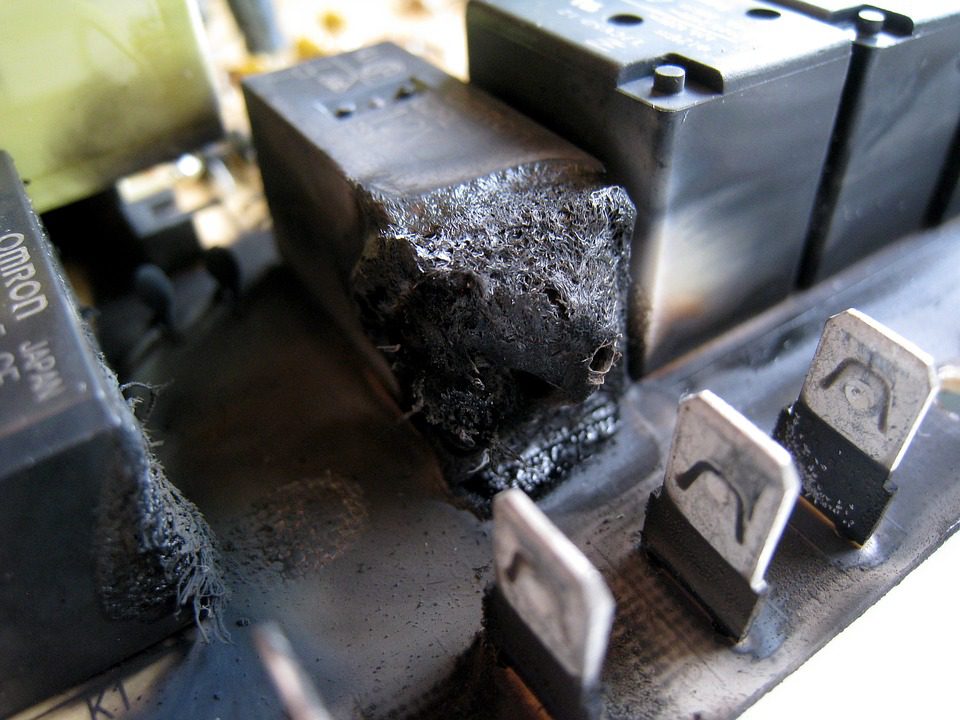Traditionally, quality checks of electronic components used matrix controls that are difficult to implement in the point-of-care settings. Alternative procedures, such as electronic quality controls, were developed by manufacturers and approved for use by different accreditation and regulatory organizations to ease the inspection process.

(Pixabay / DrCarl)
Subjecting both hardware and software electronic components to testing is crucial in the development of new devices that are intended for mass consumption. The reliability, as well as the user-friendliness of the new products, is highly dependent on proper testing of the components during the design phase.
Electronic quality testing, especially of components containing complex electronics, is critical in any mass-produced product. System testing can detect software or hardware errors, an important step in determining if the device meets specific compliance requirements. Electronic quality testing has become the standard; rarely is a product brought to the marketplace without first undergoing quality testing. It is an assurance by the manufacturer that the product meets the rigorous standards set for modern appliances and devices.
Quality testing professionals use standardized and rigorous procedures that analyze all the available input data. They compile the test results and make recommendations for improvements that can be passed on to the developers.
In electronic manufacturing, quality assurance tests are done in the different phases of the production process, including the following:
- Pre-sale test – Quality testing is done prior to the time of sale to assess the product’s quality and as part of the documentation of the product.
- Software test – This is conducted in compliance with the accepted standards and requirements for error-free operation, stability, and user-friendliness.
- OEM platform test – This test measures compliance with required specifications and workmanship quality. It helps pinpoint any potential problems that could affect the marketing of the product.
- Industrial test – Both manual and automated forms of these tests are developed by experts to evaluate the level of quality control on the manufacturing floor and determine the functionality of the products. They include automated optical inspection (or AOI inspection).
- Certification test – This test is critical before any electronic component can receive national or international certification.
Electronics quality testing is a critical step in ensuring that defects are caught and remedied before products leave the manufacturing facility.
